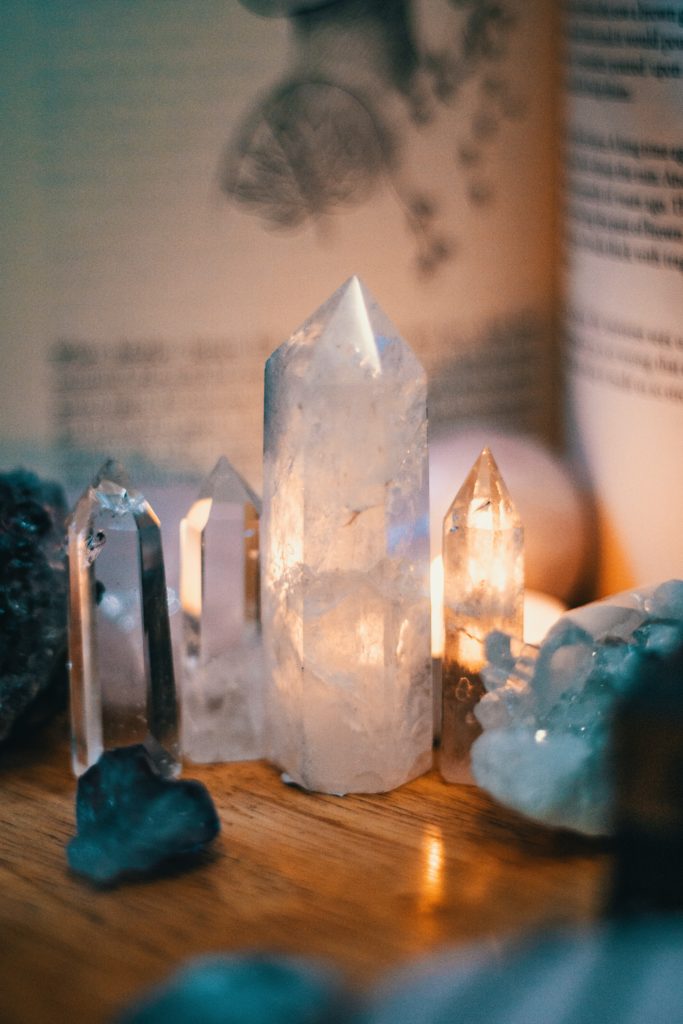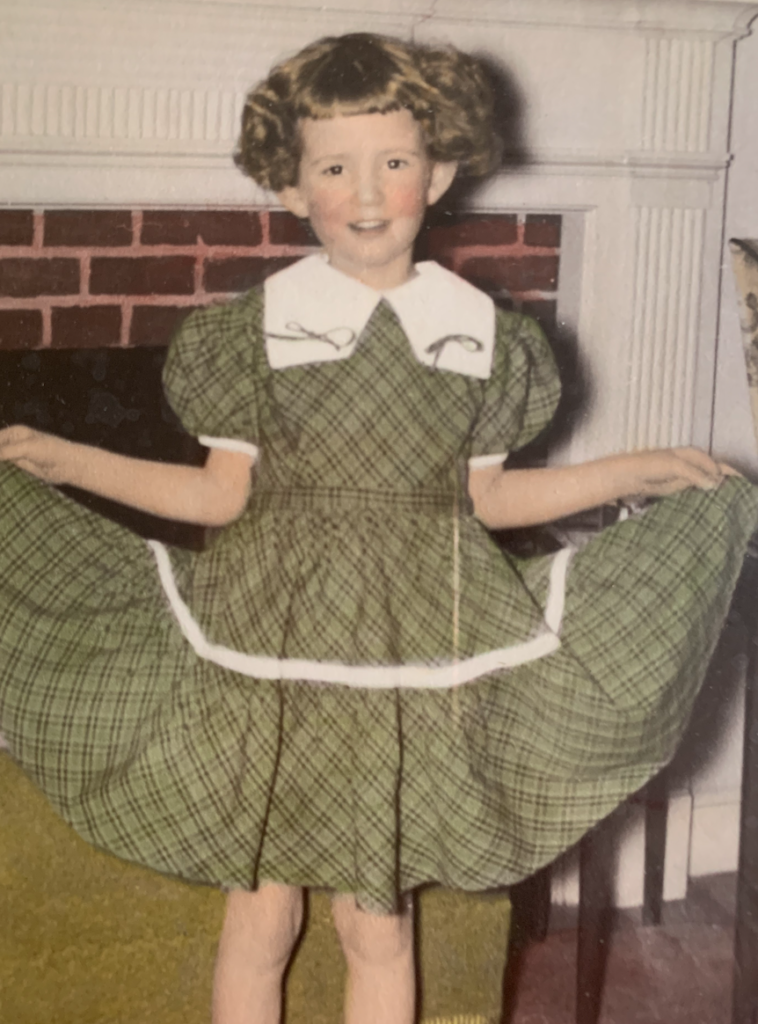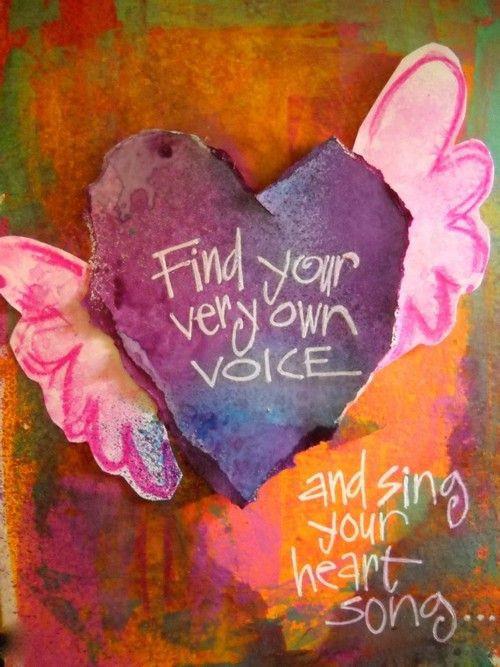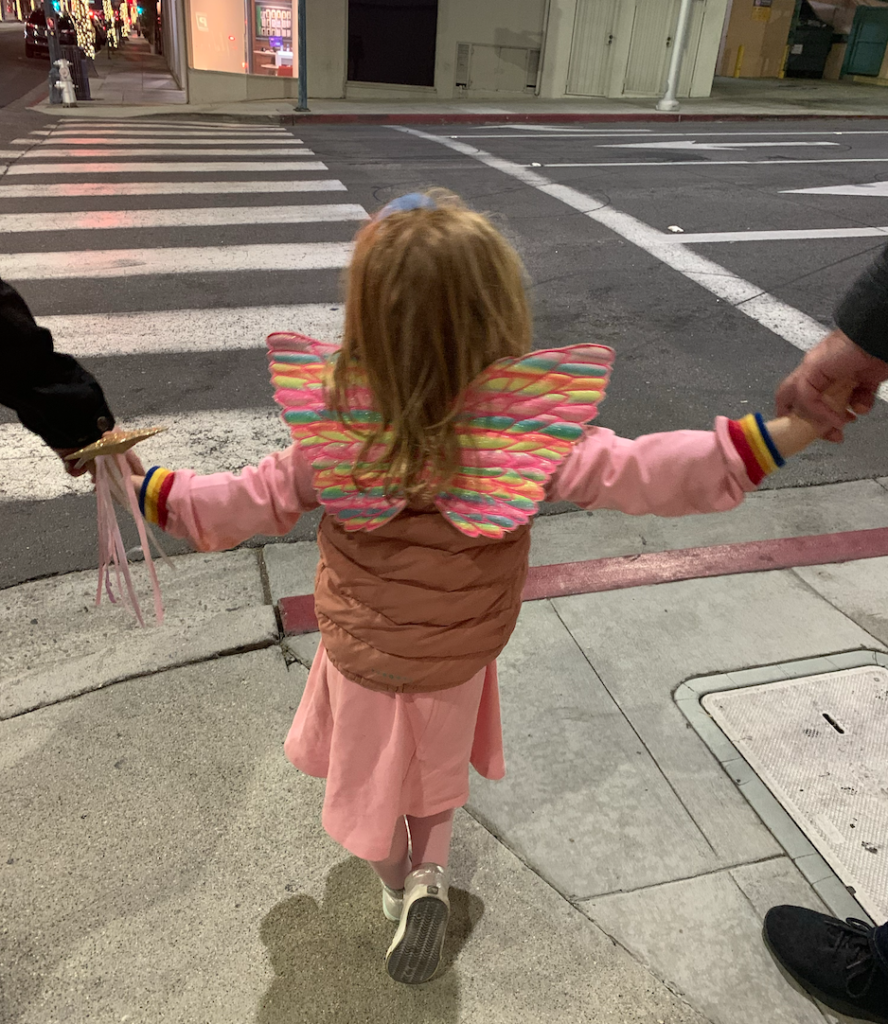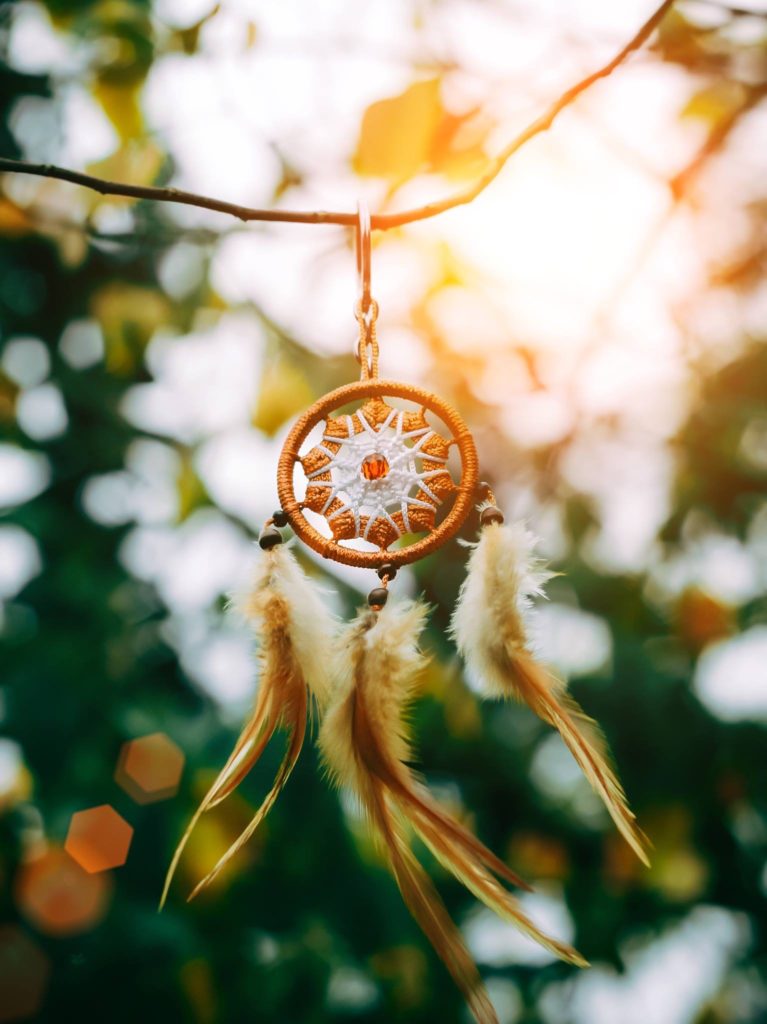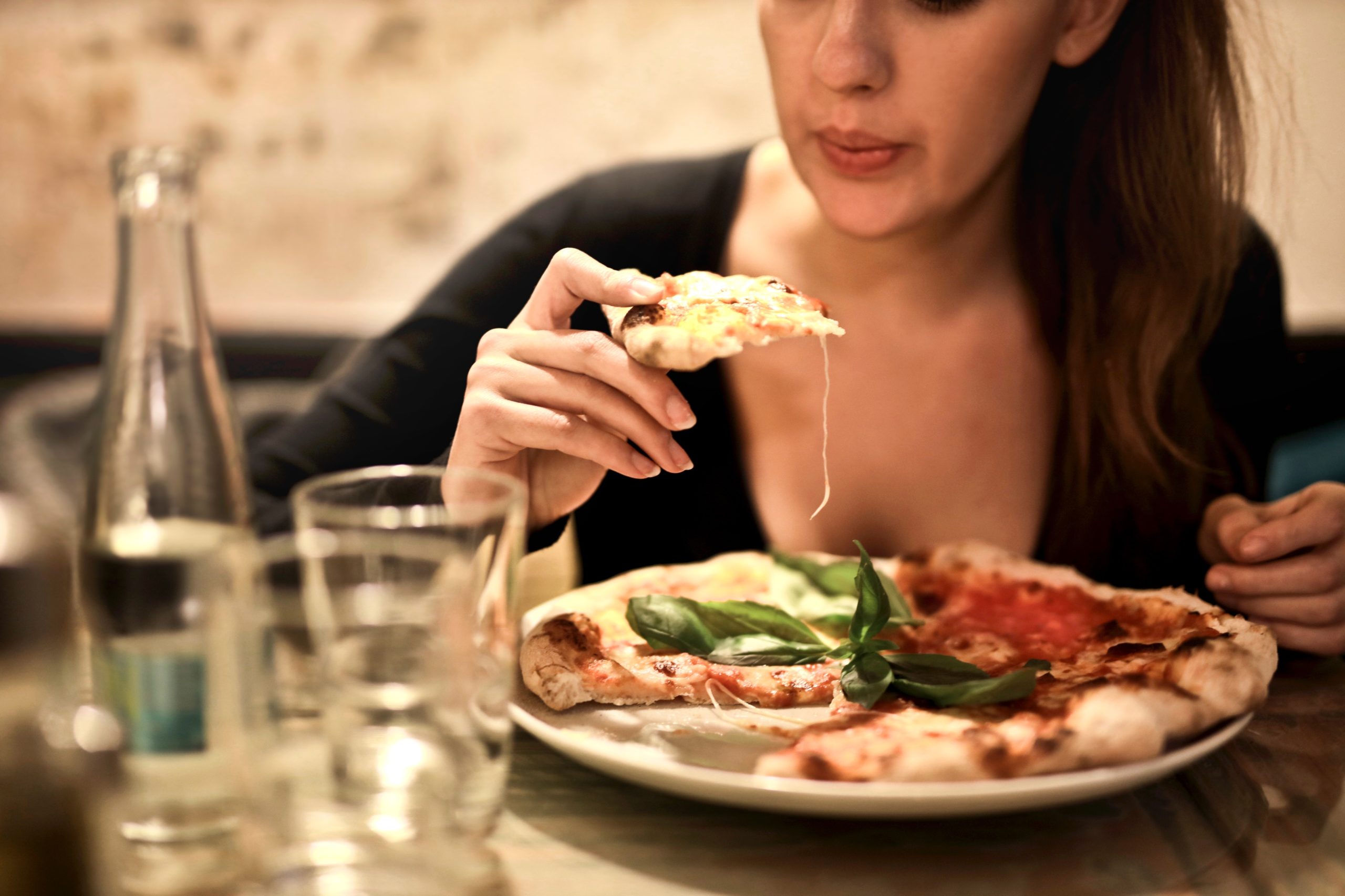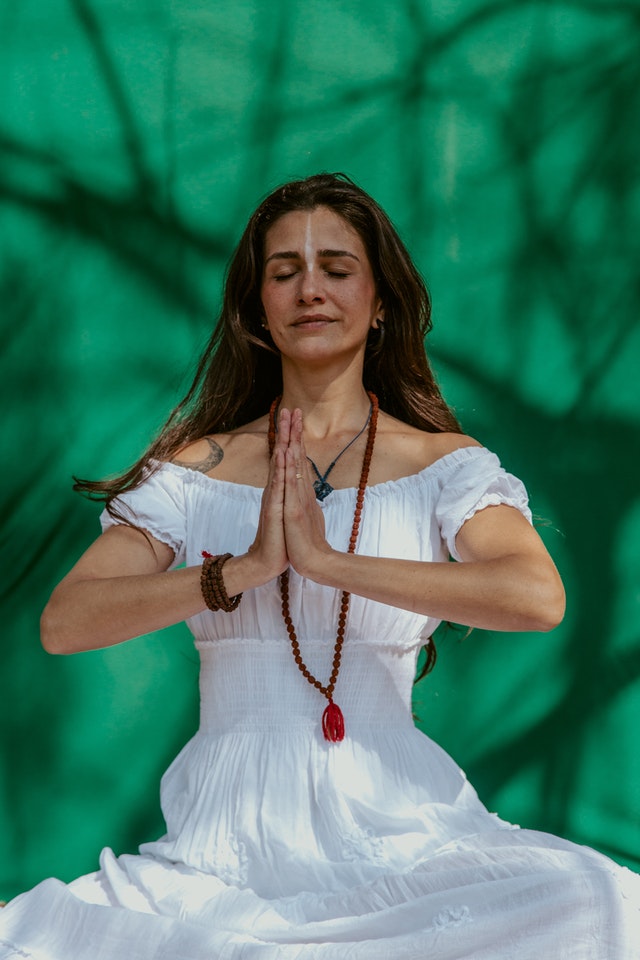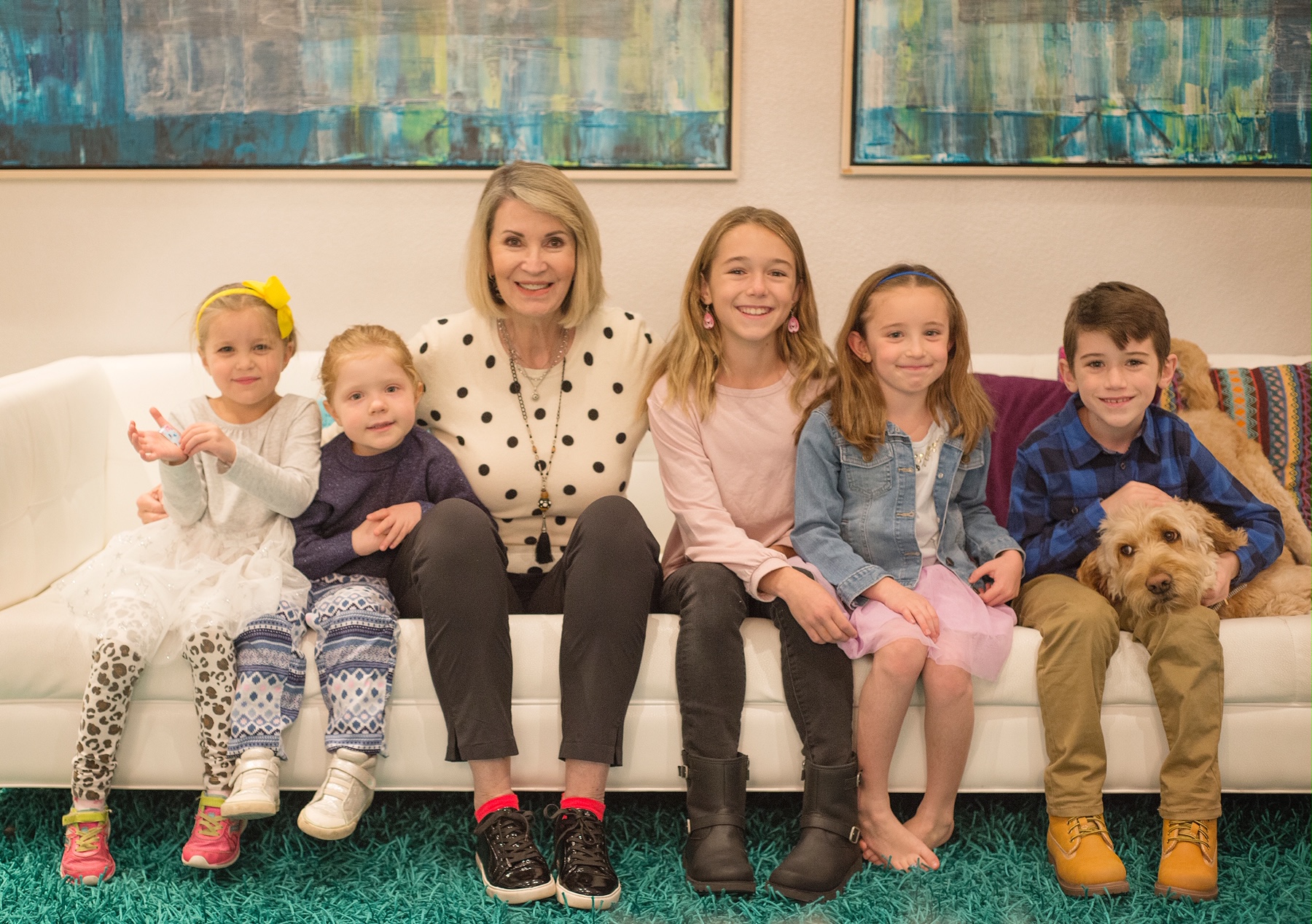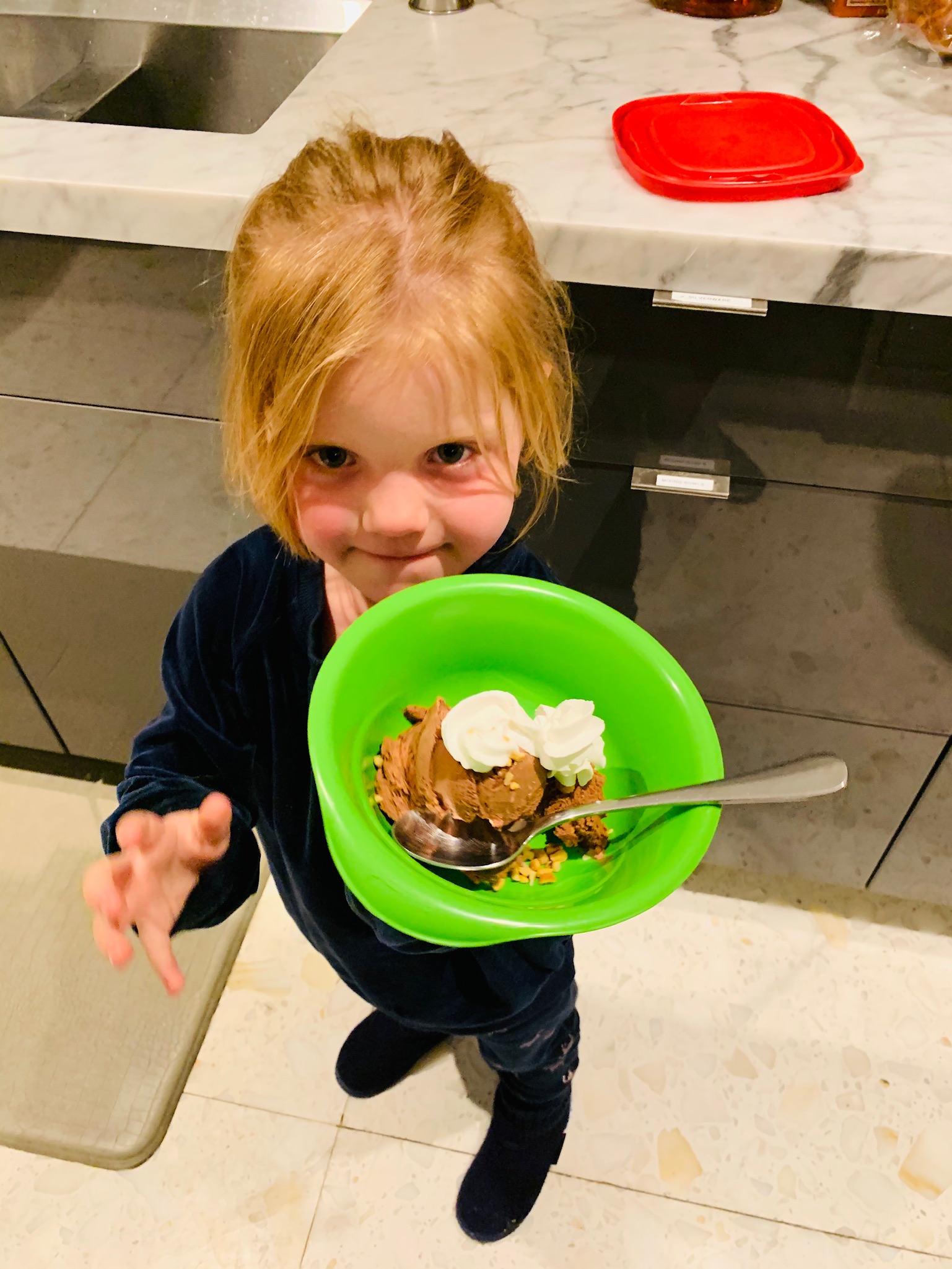
Wow! It’s been a rollercoaster ride we are all going through in these unprecedented times and it can feel really scary. Fear is okay as long as it doesn’t become the foundation from which you operate.
I’ve been following all the recommendations we have been given to eliminate potential exposure to Coronavirus including social distancing, extra household cleaning, sanitizing and continuous hand washing. I’ve added wearing a mask when I go outside. At first, these things may seem like an inconvenience. Please play by the rules. Your well being and those you love, depend on it.
I’m still committed to my next chapter and fear is not going to hold me back from moving to California.
My home will be going on the market soon so I can move. It’s been delayed by a month already. This is not an easy time to coordinate such a huge move, but my heart is telling me it’s where I belong. Nothing is going to stop me.
I have a lot ahead of me which requires my full attention. I anticipate there may be a few speed bumps along the way. Navigating the logistics is not going to be easy. Also, my heart is telling me that people are preoccupied with staying safe and juggling unforeseen life changes due to all of the disruption from the Covid-19 Pandemic. Let’s face it, life as we knew it is gone.
Therefore, this will be my last blog post & podcast until late Fall when I am settled in my new home. I can’t effectively produce this show and move across the country at the same time. I pray that by then we all may have this insidious threat behind us.
Your support means the world to me. I love bringing you informative shows and topics from varied guests that can help you on your journey.
I’m eager to get this move done so I can open up a new Fall season of Awakening Divine Wildness from sunny California.
Please jump on to Facebook and connect and follow my journey west.
My profile page is >>> https://www.facebook.com/mal.
My business coaching page is >>> https://www.facebook.com/
Oprah, I’m coming…
Subscribe & Review Awakening Divine Wildness
Apple Podcasts l Spotify l Google Play l Stitcher l TuneIn
Need help subscribing and reviewing the podcast? Click HERE for instructions.
